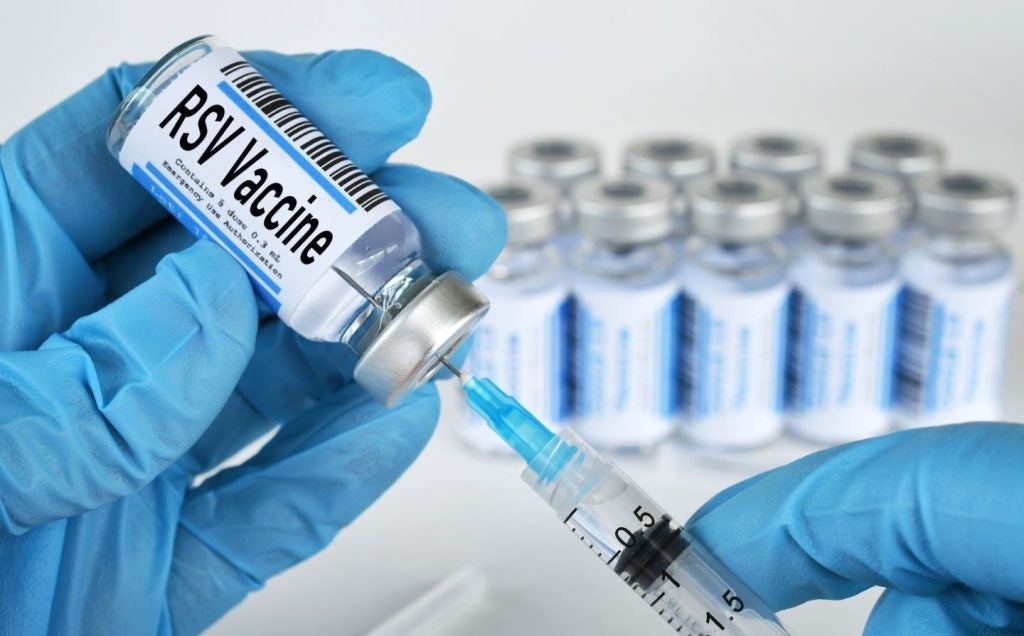There were numerous articles in December 2016 that covered a wide range of topical issues. Here are five of the best stories you might have missed… (click the headline to finish reading the story)
One Month on: Exploring the implications of Trump’s win
One month has passed since Donald Trump’s dramatic victory over Hillary Clinton in the US Presidential election. Months after British voters surprised everyone by choosing to leave the European Union, so too the US electorate shocked the world by electing Donald Trump as the next President of the United States.
In the weeks that have ensued, there’s been much fanfare over of who will form the president-elect’s cabinet, with some of his picks proving controversial. As I reported in my previous article on Trump’s win, his policies on scientific research appear thin on the ground. And one month on, it still remains to be seen what the implications of Trump’s victory will mean for the industry. That said, early signs suggest a President Donald J Trump could actually be a good thing.
The Joys of the Impossible – The writing of Lay Summaries of Clinical Study results
For more than two decades, transparency has been an aspirational goal of the European Medicines Agency (EMA). The EU-regulation (536/2014) that has been effective since 2015, took transparency one step further. It mandates that all sponsors of clinical studies need to make the study results available, not only as a scientific summary but also as a summary “that is understandable for laypersons”. The plan is that the clinical study report, the scientific summary and the layperson summary are posted on the same location on the EU-portal. Thus, for the very first time, everybody will have access to the results of any clinical study in Europe. The web infrastructure, i.e., the EU-portal, is currently being developed and is likely to “go live” in autumn 2018.
Exploring Innovations in Technology and the impact it could have on the Clinical Supply Chain
As technology continues to advance, businesses of all kinds are striving to seek a competitive advantage as they implement new innovative approaches that redefine age-old processes. Oftentimes, firms find themselves behind the curve playing catch up due to an intentional hesitancy to think outside the box. This is especially true for Research & Development (R&D) in biotech and pharmaceutical companies. There remain significant opportunities for astute firms willing to take the plunge with a well-crafted execution plan geared at minimizing risk and maximizing return on their investment. The failure to recognize and leverage new innovation in technology isn't necessarily a lost opportunity for firms since the reality is that eventually everyone will be forced to adapt or risk becoming irrelevant. The pivotal question may very well be how flexible and scalable your current operations are. Is it a case that your processes to quickly adjust and incorporate new innovative technology aren't adequate? Importantly, can the use of these technologies help you attain your goals while progressively increasing productivity and efficiency at a lower cost?
See Also:
Designing an Effective Oversight Management Plan to Maintain GCP throughout your Trial
Designing an effective oversight management plan to maintain GCP throughout your trial appears a simple, straightforward strategy for a successful clinical trial. Yet, its implementation can be challenging. My perspective is based upon my years in virtual and semi-virtual small biotech companies (<20 people, currently at Lakewood Amedex, www.lakewoodamedex.com), as a consultant to a CRO (ARIANNE Corporation, www.ariannecorp.com), and as an Instructor at Northeastern University College of Professional Studies Regulatory Degree. With clinical trials becoming more global and only ~50 percent conducted in US (according to Monitor 2011), outsourcing to a CRO is required by small companies to insure the best chance of success.
How well do you really know your competitors?
Access the most comprehensive Company Profiles on the market, powered by GlobalData. Save hours of research. Gain competitive edge.

Thank you!
Your download email will arrive shortly
Not ready to buy yet? Download a free sample
We are confident about the unique quality of our Company Profiles. However, we want you to make the most beneficial decision for your business, so we offer a free sample that you can download by submitting the below form
By GlobalDataOvercoming the Challenge of Importing Comparators
After a history of drug supply management and demand planning for clinical supplies, Peter Trimboli of Bristol-Myers Squibb has moved into what’s known as Pharmacy Services. He interacts with clinical teams and drug development groups to lend his expertise where it’s needed for their clinical sites.
Over the course of his career, Trimboli has encountered a multitude of challenges working within the clinical supply chain from temperature maintenance to constantly changing requirements for packaging and labelling. But among the most enduring challenges Trimboli faced was the regulatory conundrum posed by comparator importation.
In this interview, Trimboli discusses how best to overcome this pertinent issue.







